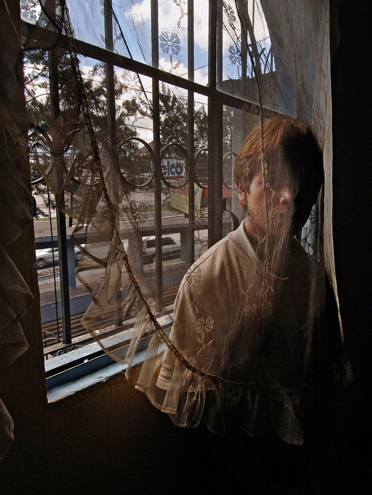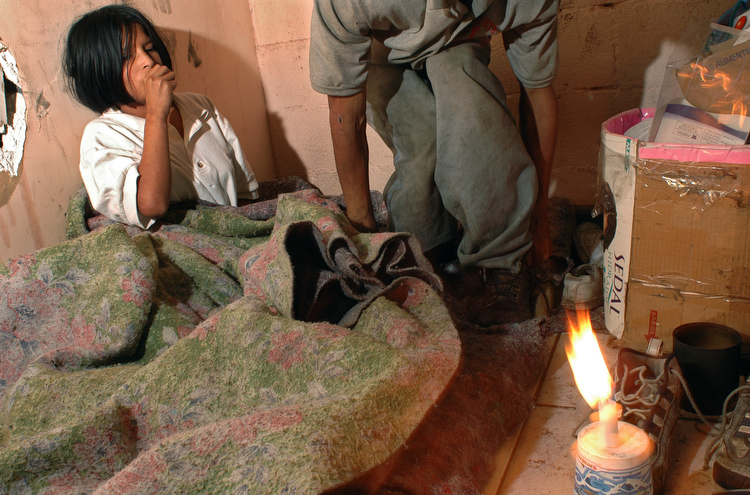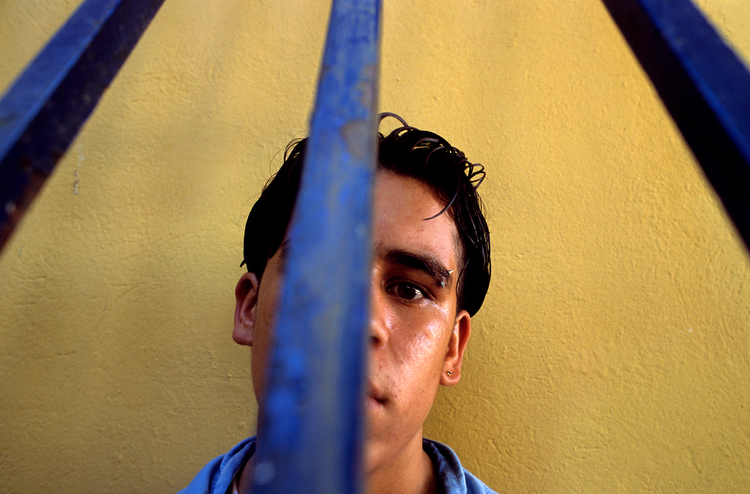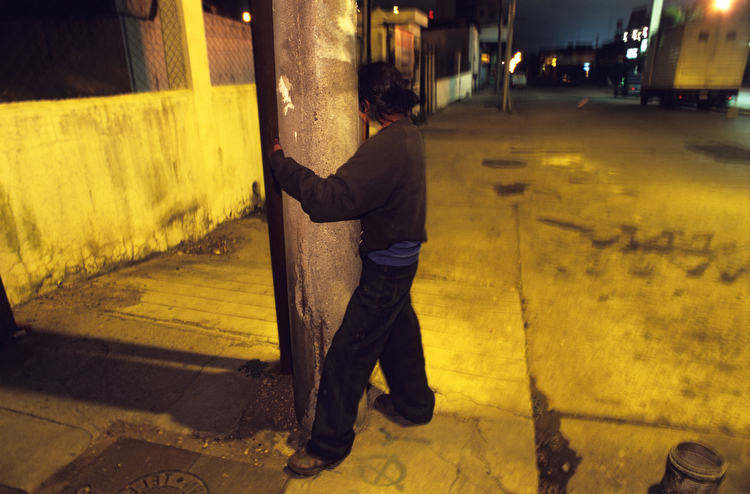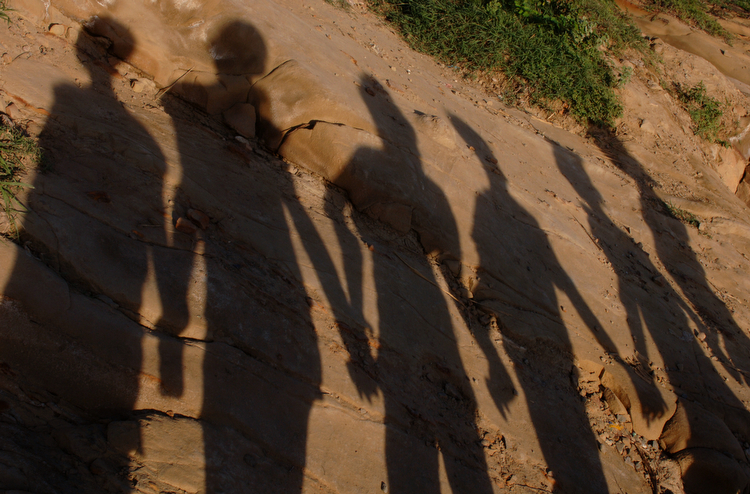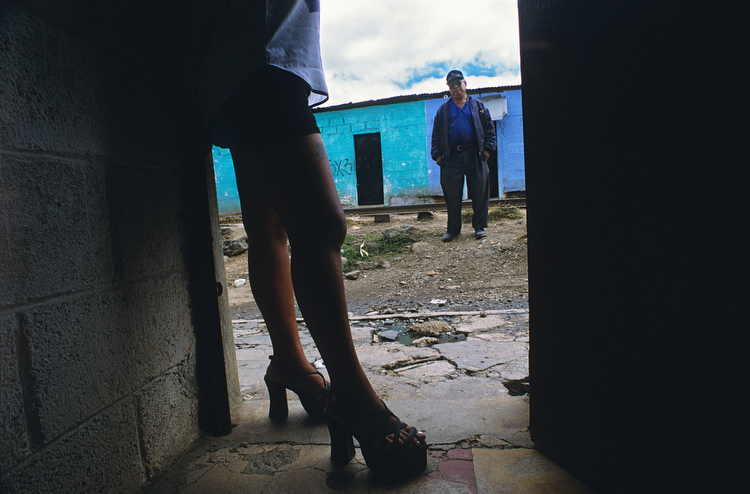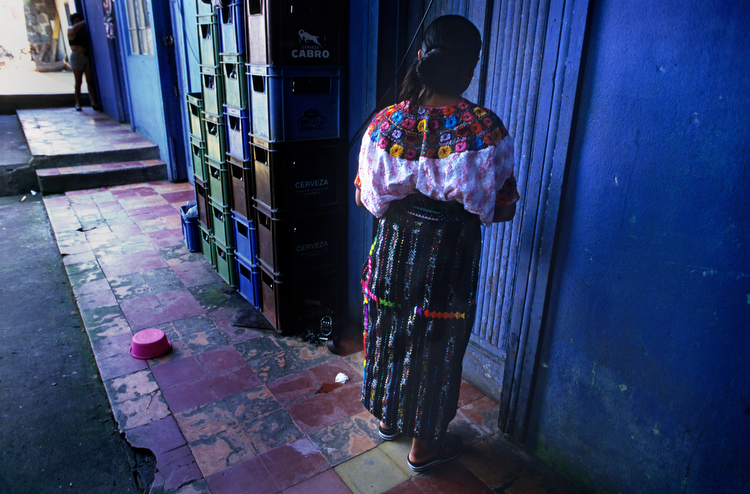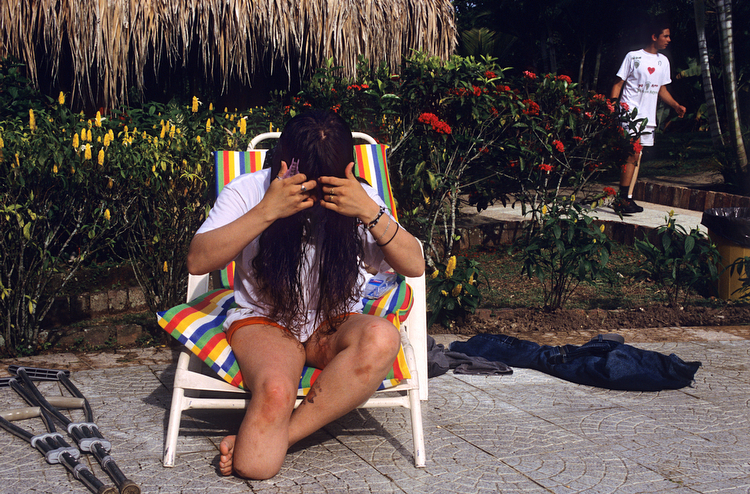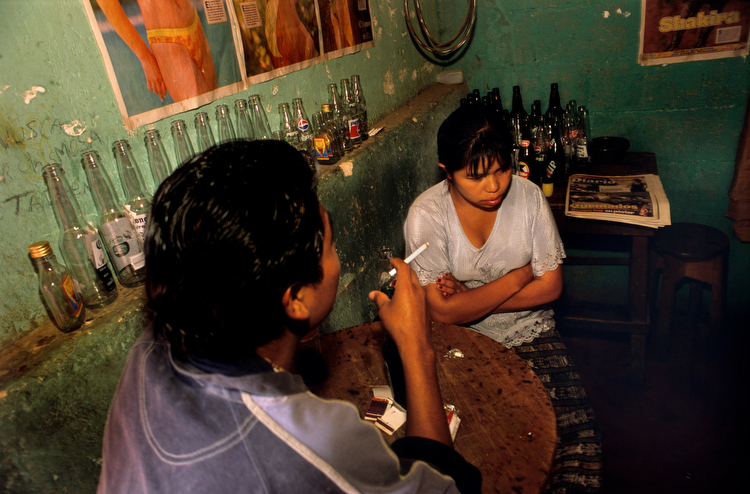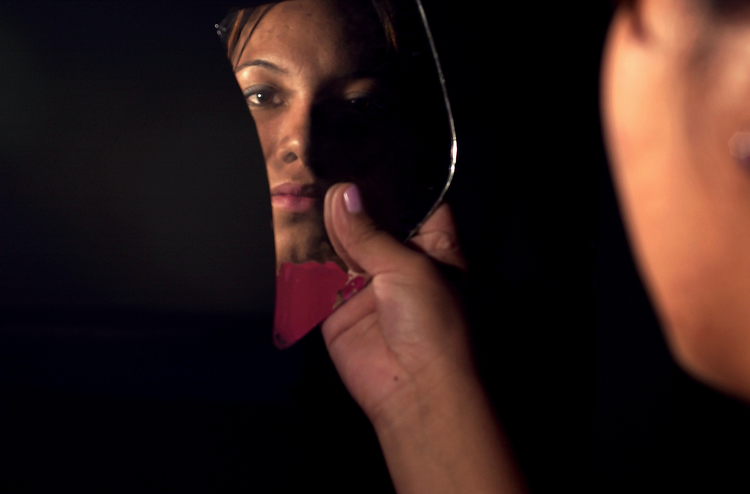By Donna De Cesare
Over the last several years—on self-assigned projects and in collaboration with UNICEF — I have been documenting Central American and Colombian children living with a burden of fear and stigma. Whether they are surviving as prostitutes, living with HIV or struggling with the physical and emotional scars of war, the fact that they are children does not save them from treatment as outcasts or from blame for situations over which they have little control.
Children affected by the war in Colombia-, whether former combatants or children maimed or displaced, all face varying degrees of social exclusion—from ridicule to social cleansing or retribution. In Guatemala it is not uncommon to hear that HIV is a curse from God. Children suffer taunts and bullying from classmates, but also hostility from teachers who would exclude them from their classrooms. Those who want to clean up “HIV carriers” target street children, already vulnerable to vigilantism. And while economic desperation leads some children to brothels, there are disturbing subtexts of incest, abandonment or semi-enslavement in these testimonies that demand public outrage.
As children in Guatemala or Colombia well know, showing your face while speaking honestly can get you killed. And yet, they also crave recognition. As soon as they spotted my camera they were eager for fame or immortality: “Oh, take my picture,” they said. But a moment later, their expressions turning sober, they would add, “Just please don’t show it here.”
Any illusion that photographers can control where or how our images appear dissolves in the age of the Internet. An image that exists in a public sphere can be instantly copied and distributed whether or not its publication is intended or officially sanctioned. How to depict suffering and injustice without exposing victims to further stigma or harm has become much more difficult. The Internet’s reach is both global and ubiquitous.
Knowing that I couldn’t control local exposure of my images I needed to find a way of working that would protect the children’s identities, allay their fears and empower them to speak truthfully about their lives.
When I was beginning the project a conversation with Ellen Tolmie, then UNICEF director of photography, stuck with me. We’d been talking about the need for children especially, those who feel imprisoned by stigma, to have a context in which they can exercise control. Later when a child asked me if he could pick a different name to accompany his photographs, it occurred to me that he was really asking to share control. This inspired me to look for ways to make the image making process collaborative. My conversations with children became like a brainstorming game. In this playful dance of posing and waiting for a spontaneous gesture, an expression of candor or an image that provided context, we learned to trust each other and they were able to share their secrets.
New York, September 2006
